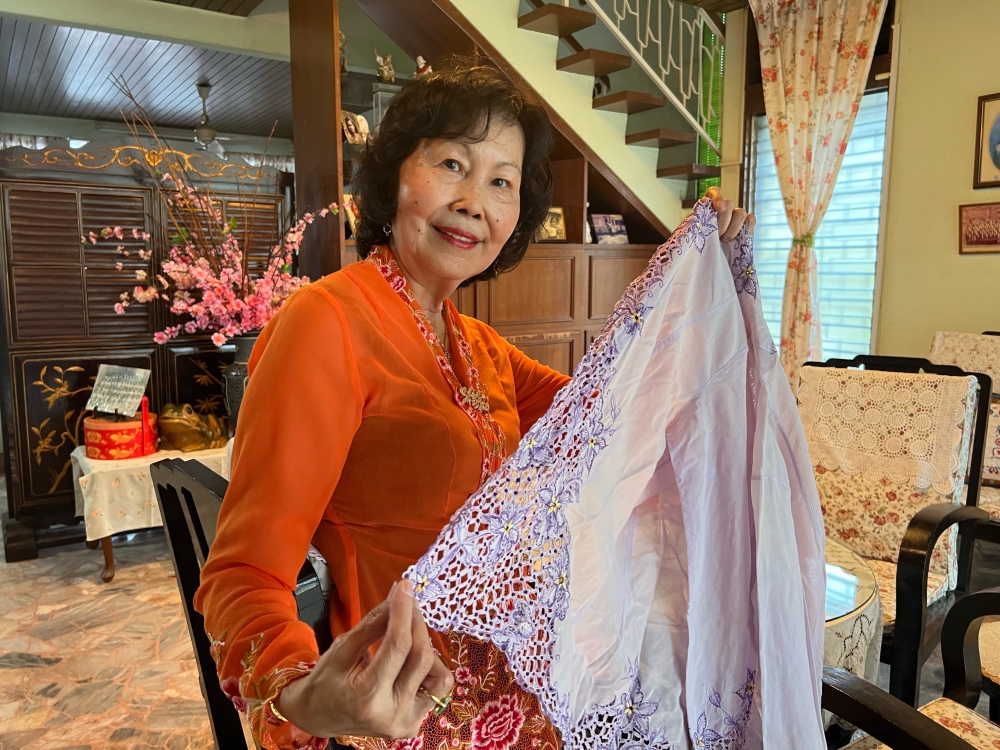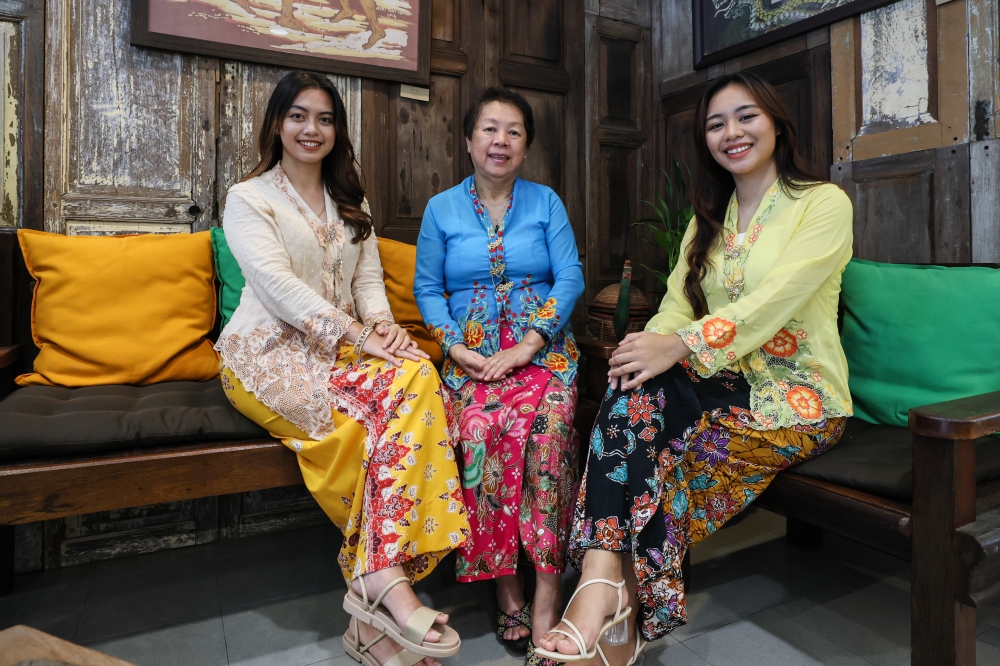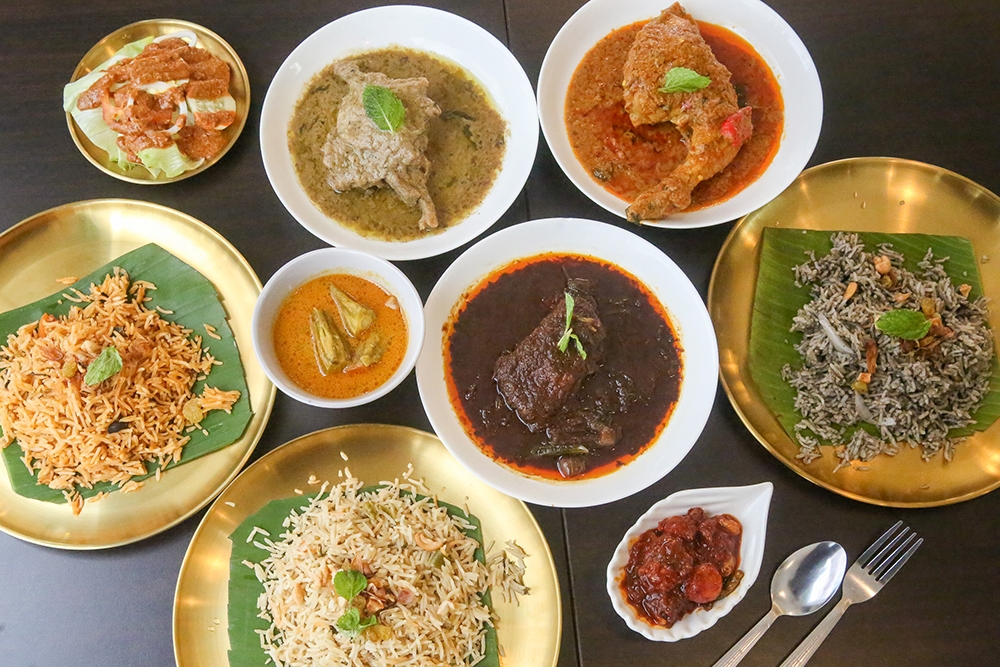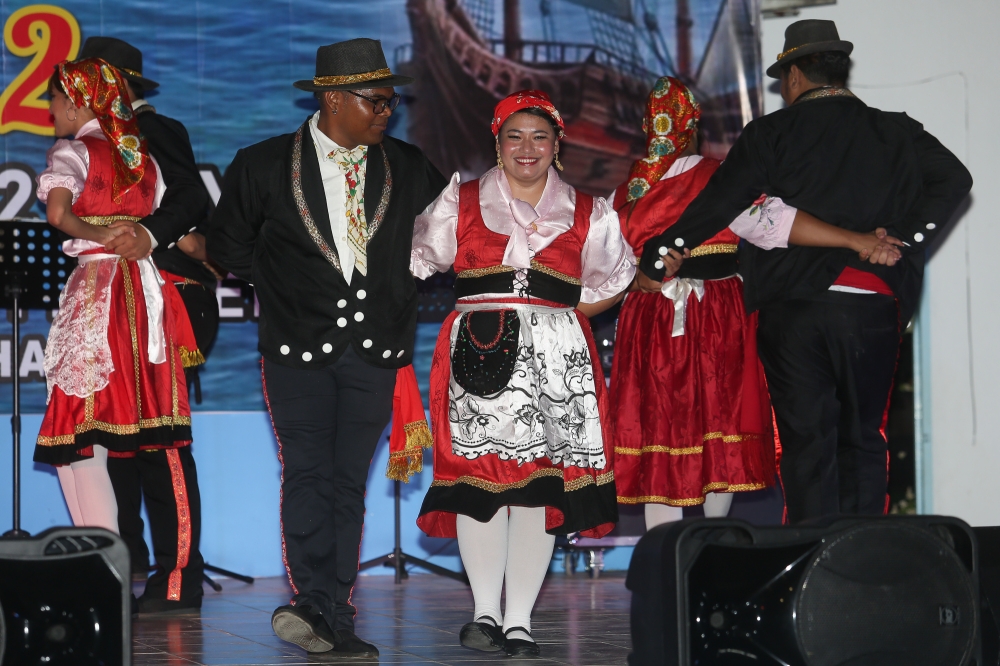KUALA LUMPUR, Aug 6 — When you hear the word “Peranakan”, you would usually picture the babas and nyonyas living along the west coast of peninsular Malaysia. And you would be right... to a certain extent.
Truth is, there is more than one Peranakan community and they also extend beyond Malaysian shores.
The term “Peranakan” has its roots in the Malay words for “local born” or “local descendants” and originally referred to foreign migrants who settled in Tanah Melayu and the Malay archipelago pre-independence and set up families and businesses locally.
Here’s a brief look at the Peranakans of Malaysia and what makes their communities so distinctive.
Peranakan Chinese
For most Malaysians below a certain age, the Peranakan Chinese are probably the most familiar group as aspects of their culture from their cuisine to their dress are highly visible to this day.
Broadly speaking, the Peranakan Chinese are descendants of Chinese traders who settled in Malacca and the coastal areas of Java and Sumatra as early as the 15th century.
Due to restrictions on Chinese women leaving China, those traders married local South-east Asians.

By the 19th century, these Peranakan had moved to the bustling ports of Penang and Singapore during the British colonial expansion, flourishing as merchants and later as professionals.
While the term Peranakan Chinese, or baba and nyonya immediately bring to mind the former Straits Settlement states like Penang, Melaka, and Singapore along the west coast, this community can also be found in Kelantan, Terengganu, and even in Thailand.
Last year, news portal Free Malaysia Today reported the existence of a travelogue titled “Hai Lu” that documented the voyages of a Chinese mariner named Xie Qing Gao from 1782 to 1795 who recorded that a community of Hokkien Chinese had been established in a Kelantan port area.
The traditional villages of Kelantan’s Peranakan Chinese community are said to be mostly found along the riverbanks of Sungai Kelantan, Sungai Pengkalan Datu, and Sungai Kemasin.
Before the advent of roads, these rivers were essential for transportation, irrigation, and fishing.
Unfortunately, these villages are becoming increasingly rare as many younger residents have relocated, and several of the old homes have been replaced by modern brick buildings.
In Terengganu, the Peranakan Chinese are also called cheng mua lang in Hokkien, which literally translates as the “sarung-wearing people”, due to their adoption of traditional Malay dress.

They began settling in the region during the 19th century, primarily involved in trade and agriculture, contributing significantly to the local economy.
The Peranakan Chinese continue to be celebrated today for their heritage, a fusion of traditional Chinese and Malay evident in their cuisine, intricate beaded slippers, and sarung kebaya.
Peranakan Jawi
Commonly called Jawi Peranakan, this community originated from the social assimilation of local Malay women and Muslim men from southern India pre-independence.
This group who has been known to be called Jawi Pekan, has long been present in the northern west coast states of peninsular Malaysia – Kedah, Melaka, and Perak.
Their numbers grew significantly in Penang after British merchant Francis Light of the British East India Company set up a trading post on the island in 1786, which drew more traders and migrants from the surrounding Malay Archipelago, China, India, the Middle East, and Europe.
Those traders from India and the Middle East set up businesses in George Town, with some marrying local women and others bringing their families from their old countries, leading to the establishment of this group.
The Peranakan Jawi are also celebrated for their cuisine till this day.

Peranakan Indians
The chetty, also spelt chitty are another Peranakan group most closely associated with Melaka and have deep ties to Kampung Chetti in Gajah Berang.
They are generally described as the descendants of Tamil traders from southern India who travelled to Melaka in the 15th and 16th centuries.
Those traders, often arriving as bachelors, settled down and started their families here after marrying local women of Malay, Chinese, Javanese, and Batak backgrounds.
The community is predominantly Hindu, following the Saivite tradition (worshippers of Shiva), and they speak a unique blend of Malay, Tamil, and Chinese known as Chetti Creole.
The word “chitty” meaning “trader” in Tamil, reflects their origins and the blended culture that resulted from their marriages and interactions with the local population.
Peranakan Eurasians
Better known as Kristang, the community first formed from the descendants of 16th- and 17th-century Iberian travellers who married local Malay women and settled down mostly in Melaka.
Most of them today follow Roman Catholicism.

The community developed a distinctive creole language called Papiá Kristang, and there have been efforts to preserve this minority tongue for future generations.
They also embraced influences from later waves of migrants from China, India, and the Netherlands, which took Melaka from Portuguese hands in 1641.
Like the other Peranakan groups, Kristang people are famed for their food and love of celebrations.
To this day, the Kristang in Melaka observe the Catholic feast of San Pedro — also known as St Peter — who is regarded as the patron saint of all fishermen, every year, which is usually held in June.
Recommended reading:



















